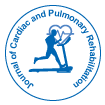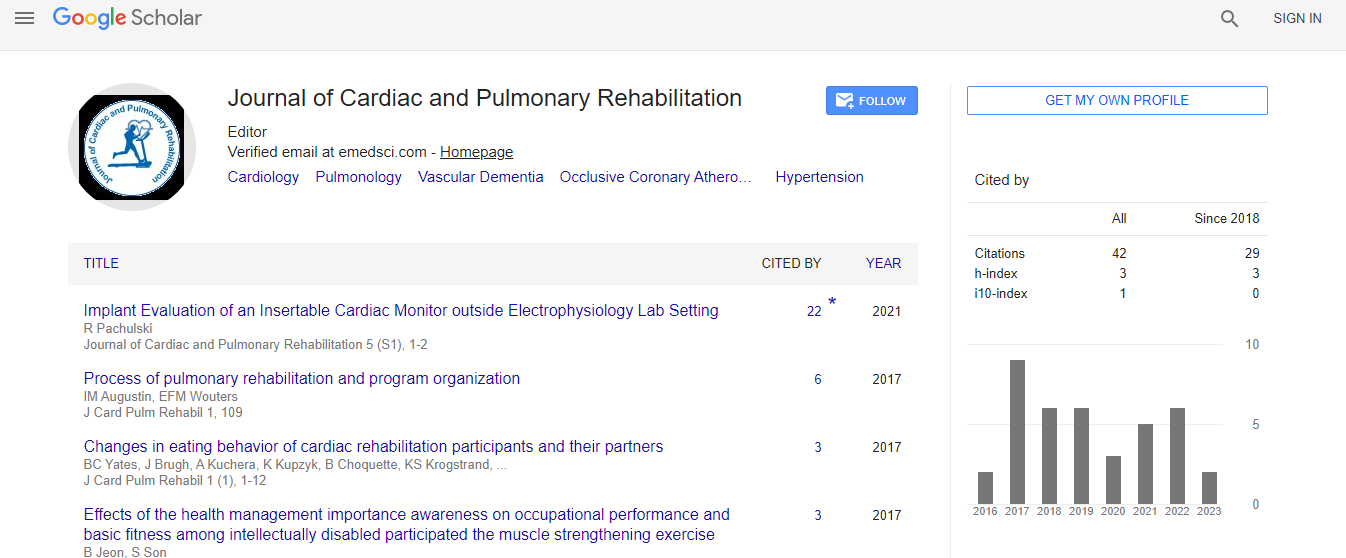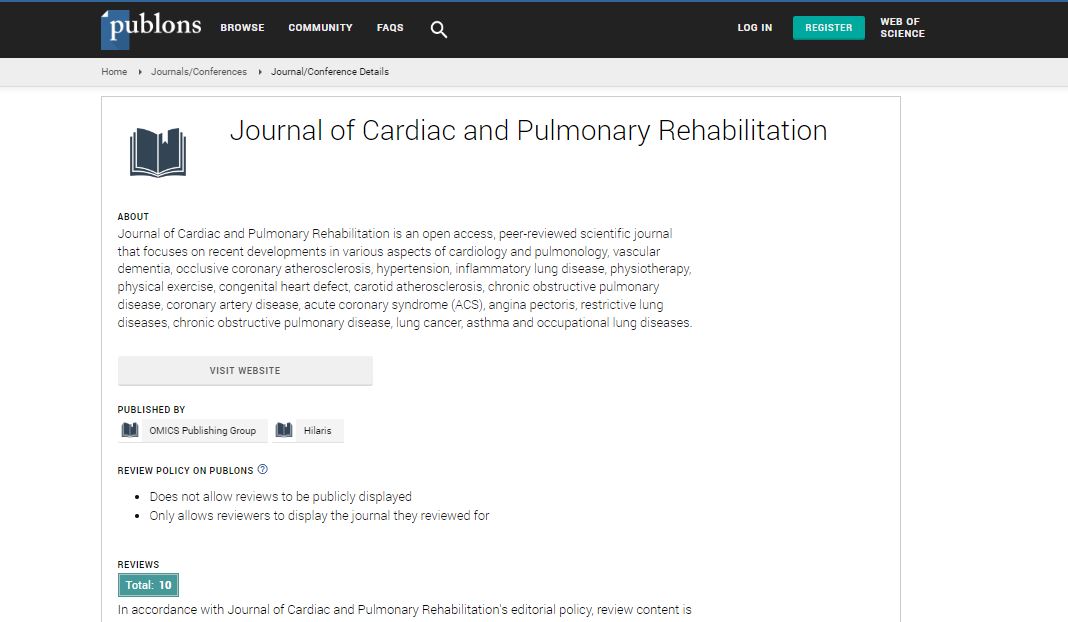Tolerability of Cardiovascular Drugs: Balancing Efficacy and Side Effects in Modern Cardiovascular Therap
*Corresponding Author: Prakash Sapkota, Department of Internal Medicine, Kathmandu University School of Medical Sciences, Nepal, Email: prakash.S@gmail.comReceived Date: Nov 05, 2024 / Published Date: Nov 29, 2024
Citation: Prakash S (2024) Tolerability of Cardiovascular Drugs: Balancing Efficacy and Side Effects in Modern Cardiovascular Therap. J Card Pulm Rehabi 8: 288.
Copyright: © 2024 Prakash S. This is an open-access article distributed under the terms of the Creative Commons Attribution License, which permits unrestricted use, distribution, and reproduction in any medium, provided the original author and source are credited.
Abstract
The tolerability of cardiovascular drugs is a critical factor in determining the success of modern cardiovascular therapy. As cardiovascular diseases (CVDs) remain a leading cause of morbidity and mortality worldwide, achieving an optimal balance between drug efficacy and adverse effects is essential for improving patient outcomes. This review explores the various classes of cardiovascular drugs, including antihypertensives, statins, anticoagulants, and antiarrhythmics, highlighting their therapeutic benefits and common side effects. We discuss strategies for minimizing side effects, such as individualized dosing, combination therapies, and newer drug formulations with improved safety profiles. Special attention is given to the challenges of polypharmacy, the role of patient adherence, and the impact of comorbid conditions on drug tolerability. The importance of personalized medicine, genetic factors, and patient monitoring in optimizing cardiovascular therapy is also examined. Ultimately, the goal is to provide a comprehensive overview of how clinicians can balance drug efficacy with tolerability to maximize long-term cardiovascular health.

 Spanish
Spanish  Chinese
Chinese  Russian
Russian  German
German  French
French  Japanese
Japanese  Portuguese
Portuguese  Hindi
Hindi 
